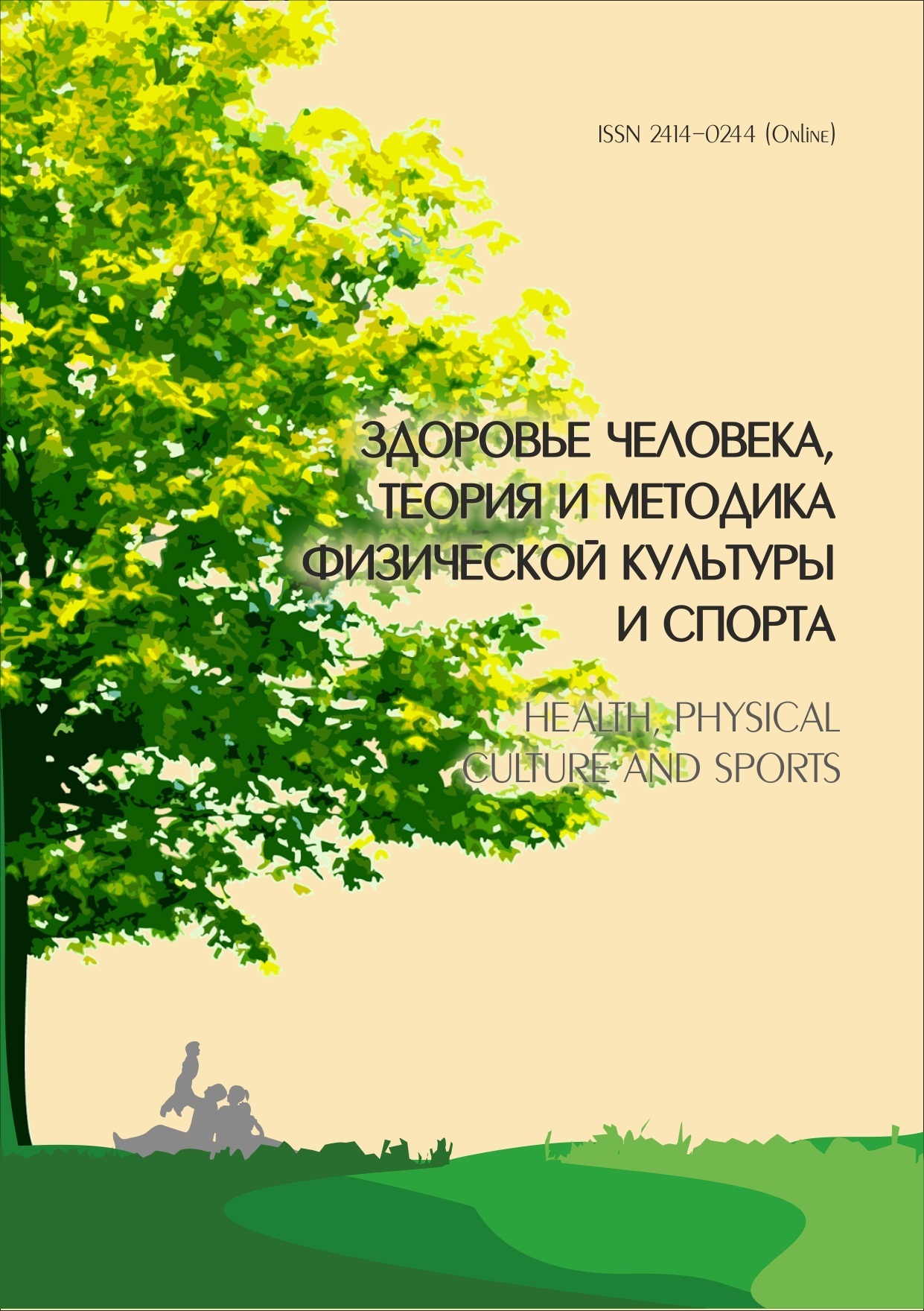ANTHROPOMORPHIC METAPHORICAL MODEL “PERSON” AND ITS MANIFESTATIONS IN DENTAL AND CRANIO — MAXILLOFACIAL TERMINOLOGY
УДК 81'276.6
Abstract
Objectives: to make a brief overview of the theories of metaphor and modern terminologytheories (Communicative theory of terminology, Socio-cognitive theory of terminology, Framebased theory of terminology); to identify metaphorization as a highly productive lexico-semanticway of forming terminology in dental and cranio-maxillofacial scientific discourse; to demonstrateEnglish/Bulgarian terminology development based on anthropomorphic metaphorical model“Person” and its sub-models: “Conditions”, “Body parts”, “Physical abilities”, “Society”, “Qualities”.Materials and research methods. Sixty (60) monosyllabic and compound metaphorical terms inEnglish and Bulgarian academic languages have been selected and discussed applying the methodsof definition analysis, conceptual integration, cognitive analysis, component analysis, metaphoricalmodelling. Discussion and results of the study. Theories of metaphor and terminology are consideredin the context of their contribution to the development of specialized medical language. By means ofmetaphorization (analogy, similarity, likeness, comparison) new terminological structures are formedin dental and cranio-maxillofacial terminology systems. The emphasis is on anthropomorphicmetaphorical model “Person” denoting various anatomical structures, diseases, syndromes,symptoms, surgical techniques. Conclusions. The following conclusions have been made: 1. Humansphere in its numerous manifestations — physical, moral and intellectual qualities, social activity,illness, death — is an “eternal theme” in the context of language historical development. 2. Due to itshigh terminological productivity the anthropomorphic metaphorical model “Person” expands andenriches the terminological resource of dental medicine and cranio-maxillofacial surgery; increasesmedical terminological competence and facilitates communication at a specialized level. 3. Term formation is a living contemporary trend subject to management by specialists and terminologywith regard to any further standardization of the international dental and cranio-maxillofacialterminology.
Downloads
References
Cabré, M.T. Elements for theory of terminology: Towards an alternative paradigm. Terminology. 6 (1): 2000, pp. 35–57.
Cabré, M.T. Consecuencias metodológicas de la propuesta teórica (I). In La terminología científicotécnica: reconocimiento, análisis y extracción de información formal y semántica (DGES PB96–0293). Barcelona: Institut Universitari de Lingüística Aplicada. Universitat Pompeu Fabra, 2001, pp. 27–36.
Cabré, M.T. Theories of terminology: their description, prescription and explanation. Terminology. 9 (2): 2003, pp. 163–199.
Cabré, M. T., et al. La terminologia hoy: replanteamento o diversificacion. Terminologia e integración. Organon 12, (26): 1998, pp. 33–41.
Faber, P., Márquez Linares, C. & Vega Exposito. Framing terminology: a process-oriented approach. M. : META 50 (4): CD-ROM, 2005. Faber, P., et al. Process-oriented
Faber, P., et al. Linking images and words: the description of specialized concepts. International Journal of Lexicography 20: 2007, pp. 39–65.
Fauconnier, G. Mental Spaces: Aspects of Meaning Construction in Natural Language. Cambridge: MIT Press. 1985.
Fauconnier, G. Mental spaces, language modalities, and conceptual integration. In Tomasello, M. (ed.). The New Psychology of Language: Cognitive and Functional Approaches to Language Structure. Mahwah NJ/London: Lawrence Erlbaum. 1998.
Fauconnier, G. & Turner, M. Conceptual integration networks. Cognitive Science 22 (2): 1998, pp. 133–187.
Fauconnier, G & Turner, M. The Way We Think: Conceptual Blending and the Mind's Hidden Complexities. New York: Basic Books. 2002.
Temmerman, R. Questioning the univocity ideal. The difference between Sociocognitive Terminology and traditional Terminology. Hermes. Journal of Linguistics. (18): 1997. pp. 51–91.
Temmerman, R. Towards New Ways of Terminology Description. The sociocognitive approach. Amsterdam/Philadelphia: John Benjamins. 2000.
Temmerman, R., Kerremans, K. & Vandervoort, V. La termontographie en contexte(s). Actes des Septièmes Journées Scientifiques du Réseau Lexicologie, Terminologie, Traduction, Brussels, Belgium. 2005.
Copyright (c) 2020 Health, physical culture and sports

This work is licensed under a Creative Commons Attribution-NonCommercial 4.0 International License.
An author should not normally publish manuscripts describing essentially the same research in multiple journals or publication venues. Such redundant publication is generally considered to constitute unethical publishing behavior, and if discovered may result in a manuscript under consideration being rejected, or a published article being retracted.
Authors of manuscripts reporting on original research should present an accurate account of the work performed, accompanied by an objective discussion of its significance. Underlying data should be represented accurately in the manuscript. The manuscript should contain sufficient detail and references to permit others to replicate the work. The fabrication of results and the making of fraudulent or knowingly inaccurate statements constitute unethical behavior and may be cause for rejection or retraction of a manuscript or published article.





